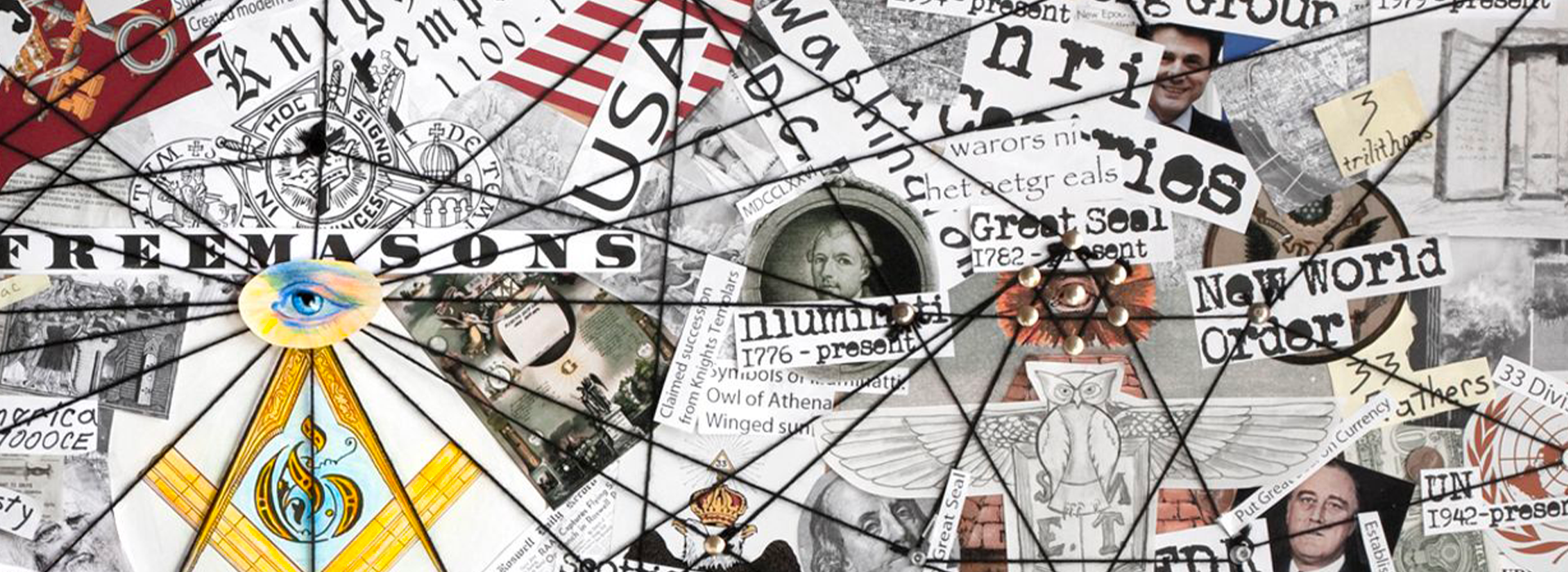Media are often the prime target of conspiracy theories. Portrayed as relays of power or accomplices in a vast organized lie, they are increasingly distrusted in many European countries. This distrust is not always irrational: media concentration, economic dependence, and some high-profile errors have contributed to eroding trust. But when suspicion becomes systematic, it paves the way for conspiracy theories.
Growing Distrust in Europe
In the Balkans, as in much of Europe, trust in media has eroded over the years. Trust barometers (such as those from Eurobarometer or Freedom House) reveal a deteriorating perception of media independence: in Serbia, Albania, Montenegro, Bosnia and Herzegovina, and Bulgaria, many citizens view media as biased, politicized, or even instrumentalized.
In this climate, conspiracy theories find fertile ground. They leverage this distrust to claim that the “truth” is being hidden, manipulated, or rewritten by media elites serving higher interests.
Media Ownership and Economic Dependencies
Conspiracy theories often take root in a shared reality: in many countries, a significant portion of media is owned by a few wealthy individuals or groups close to power. While exaggerated in conspiratorial discourse, this observation reflects legitimate distrust toward media concentration.
This distrust is partly explained by several real factors:
- Media concentration in the hands of powerful actors (businessmen, groups linked to government), who can influence editorial direction.
- Lack of transparency in funding and conflicts of interest, which cast doubt on journalists’ independence.
- Political pressure on investigative journalists, which can restrict their freedom of expression or ability to investigate sensitive topics.
- A general climate of media polarization, where some outlets openly align with political camps, reinforcing perceptions of orchestrated manipulation.
In the Balkans, this media concentration is particularly pronounced. Reports published by Balkan Insight, SEENPM, or RSF document the financial dependence of certain newsrooms on state advertising, public subsidies, or private interests. The lack of transparency around these funding sources fuels the perception that journalists are not fully free to choose topics or angles.
However, it is important to nuance this observation: independent investigative journalists, critical newsrooms, and spaces of pluralism still exist. Nevertheless, for many, this complexity remains invisible, and the image of the “media system” as a propaganda tool prevails, thereby fueling distrust and conspiracy theories.
When Media Make Mistakes: The Boomerang Effect of Media Errors
It also happens that professional media make mistakes — sometimes spectacular ones — that permanently damage public trust.
One of the most famous cases is the Timișoara Massacre in Romania, December 1989. Shortly after the fall of dictator Ceaușescu, several television networks and major Western newspapers broadcast shocking images of dozens of piled-up corpses, allegedly proving the scale of massacres carried out by the regime.
But soon after, it was revealed that these images were staged: the bodies came from a hospital, some of which were of people who had died naturally. This fake massacre, presented as irrefutable proof, turned out to be a manipulation — uncritically relayed by media caught up in the urgency of the event.
👉 This case became emblematic: it proves that media can make mistakes — or be manipulated — and this remains etched in collective memory as a “media lie.”
However, what differentiates professional media from conspiracy or disinformation sites is the ability to acknowledge errors, correct them, and evolve practices. Mechanisms such as fact-checking units, source verification training, or self-regulation via press councils move in this direction.
Critiquing Media vs. Systematic Rejection?
It is perfectly healthy to question information sources. Media must be subject to criticism, and citizens have the right to demand rigor, transparency, and independence. But conspiracy thinking goes further: it does not question this or that article — it accuses the entire media system of being deceitful, complicit, and corrupt.
This global rejection is often based on:
- The belief that journalists take orders from a political or economic elite;
- The suspicion that important information is censored or disguised;
- The idea that only so-called “independent” media tell the “truth”, even without solid evidence.
But when distrust becomes structural — where no information is deemed reliable if it comes from institutional media, and only “alternative” sources (often biased) are considered credible — one enters a conspiratorial mindset. In this logic, the more widely an item is reported by major media, the less credible it is judged to be. Evidence disproving a theory is dismissed as manipulation. Every contradiction becomes suspicious, and every serious investigation is perceived as a smokescreen. One no longer asks for evidence but assumes an intent to manipulate, a hidden strategy, a secret agenda.
👉 This is what is called circular reasoning: doubt is no longer methodical — it has become total. It traps the individual in a worldview where everything is manipulation… except sources that validate their beliefs.
This shift from methodical doubt to radical suspicion is one of the core mechanisms of conspiracy thinking.
Sources
- Freedom House, Nations in Transit 2023, country reports: org
- Balkan Insight, articles and investigations: com
- Reporters Without Borders, World Press Freedom Index 2024: org
- SEENPM (South East European Network for Professionalization of Media), Media ownership and funding in the Western Balkans, 2023
- Barkun, M. (2013). A Culture of Conspiracy. University of California Press.






